Overview
Map
Other Details
كنيسة مار اسطفانوس - بحديدات
1200
Behdaydat
Jbeil
Mount Lebanon
كنيسة مار إسطفانوس رئيس الشمامسة وأوّل الشهداء - بحديداتهي بقايا لكنيسةٍ أثريّةٍ مكرّسة على اسم مار إسطفانوس، بُنيت على أنقاض رومانيّة أواسط القرن الثاني أو الثالث عشر. تتميّز بشكلها الدائريّ.The ruins of St Stephen’s church in Bhdeidat belong to and old medieval church that dates back to the twelfth or thirteenth century. The church is built on top of roman ruins, and it is unique with its rotunda shape
Visited 2107 times, 4 Visits today



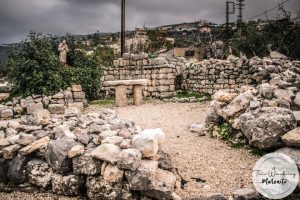

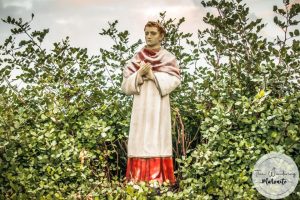



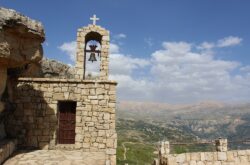
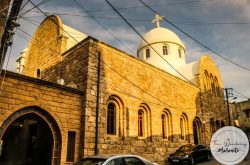
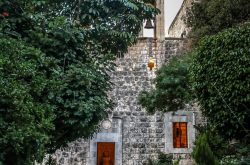
Reviews are disabled, but trackbacks and pingbacks are open.